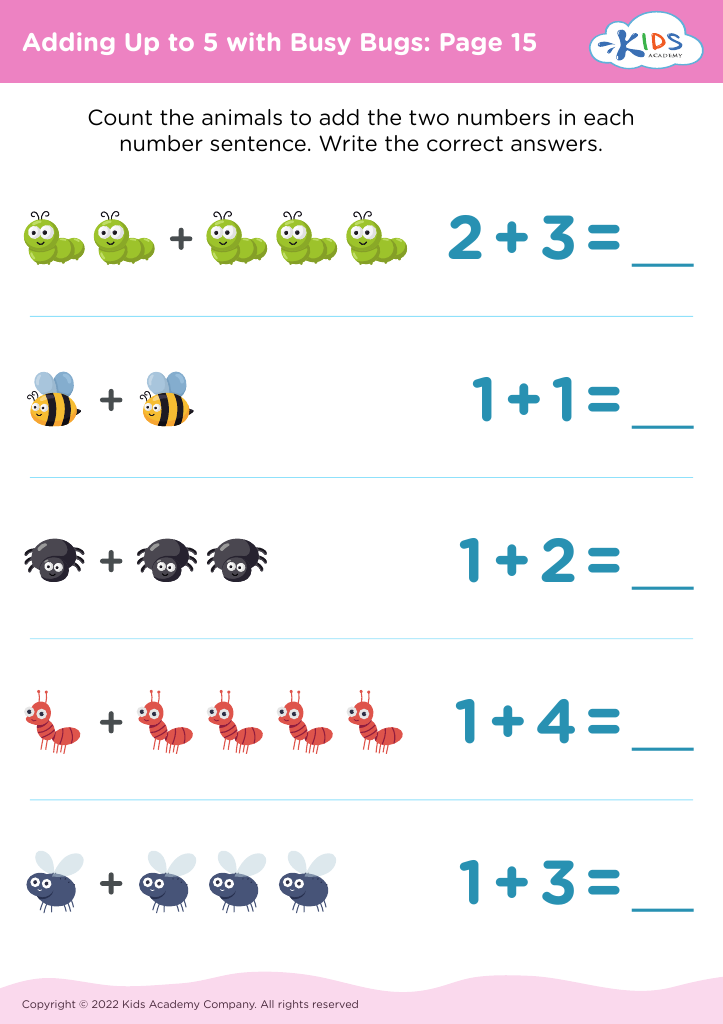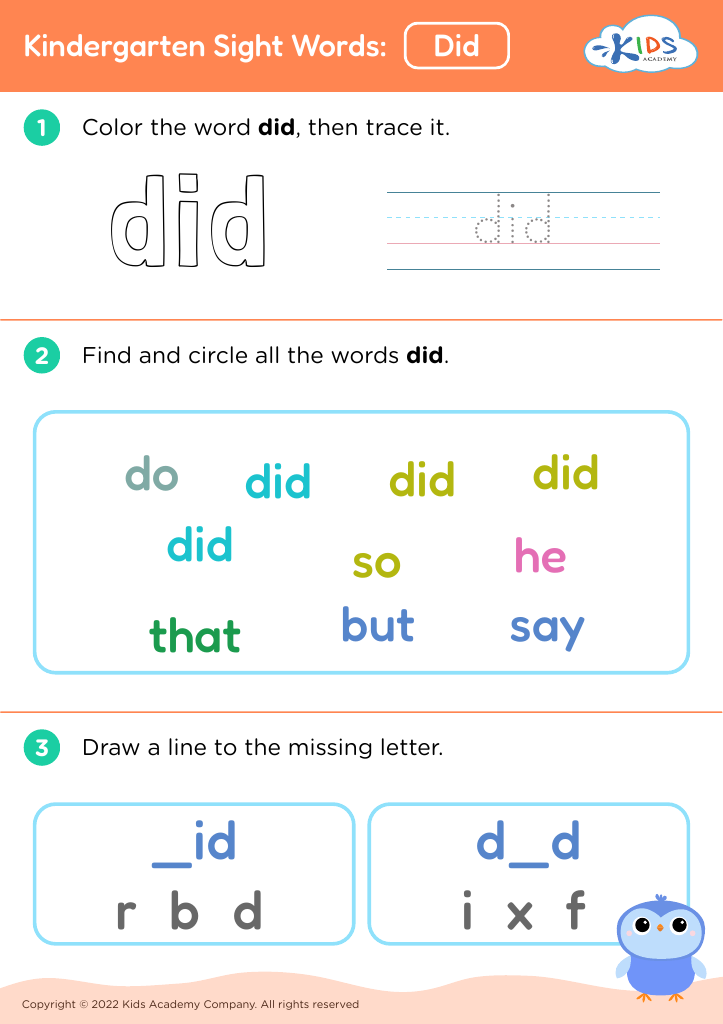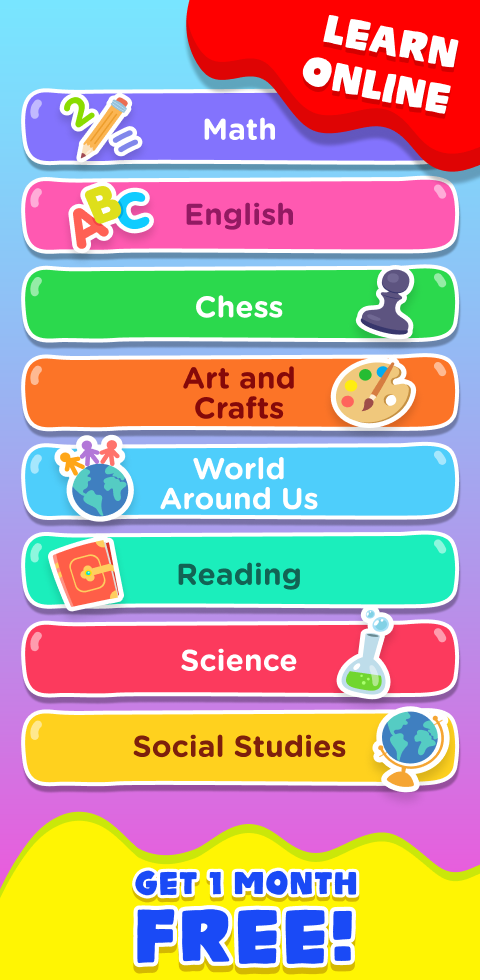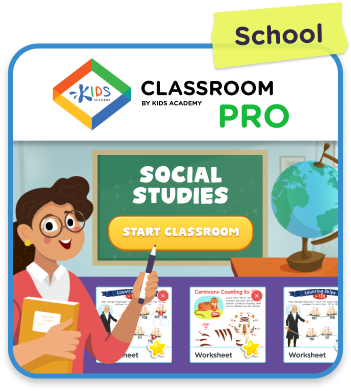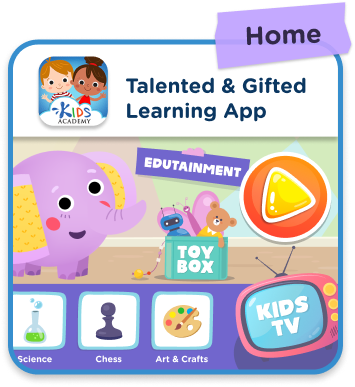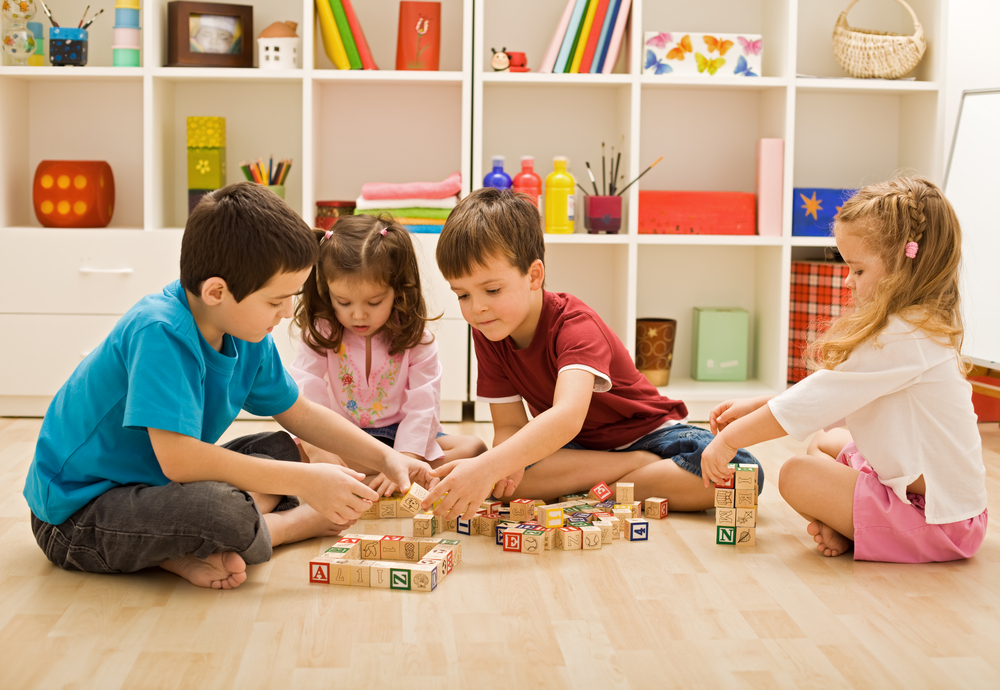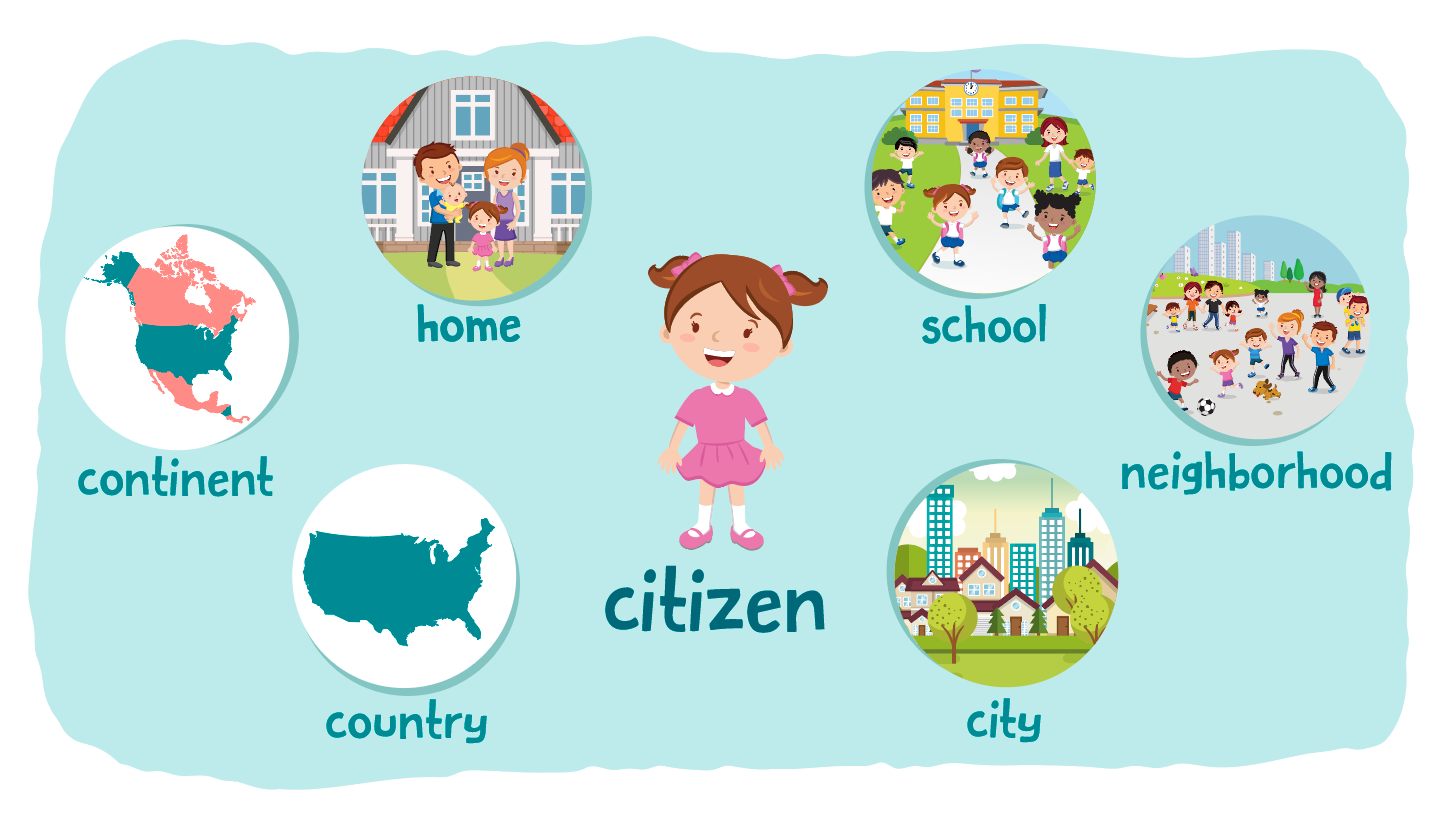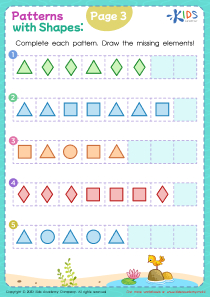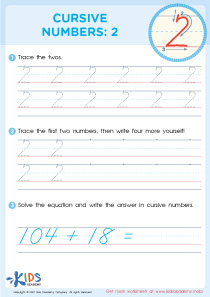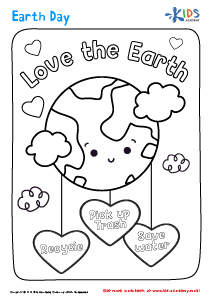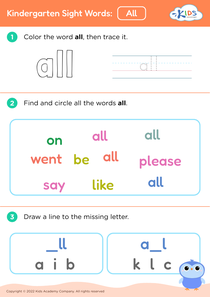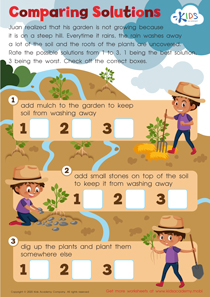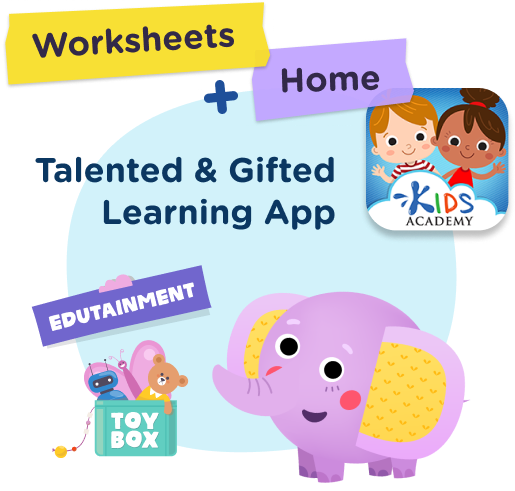Understanding quantity Worksheets for Ages 3-8 - Page 2
31 filtered results
-
From - To
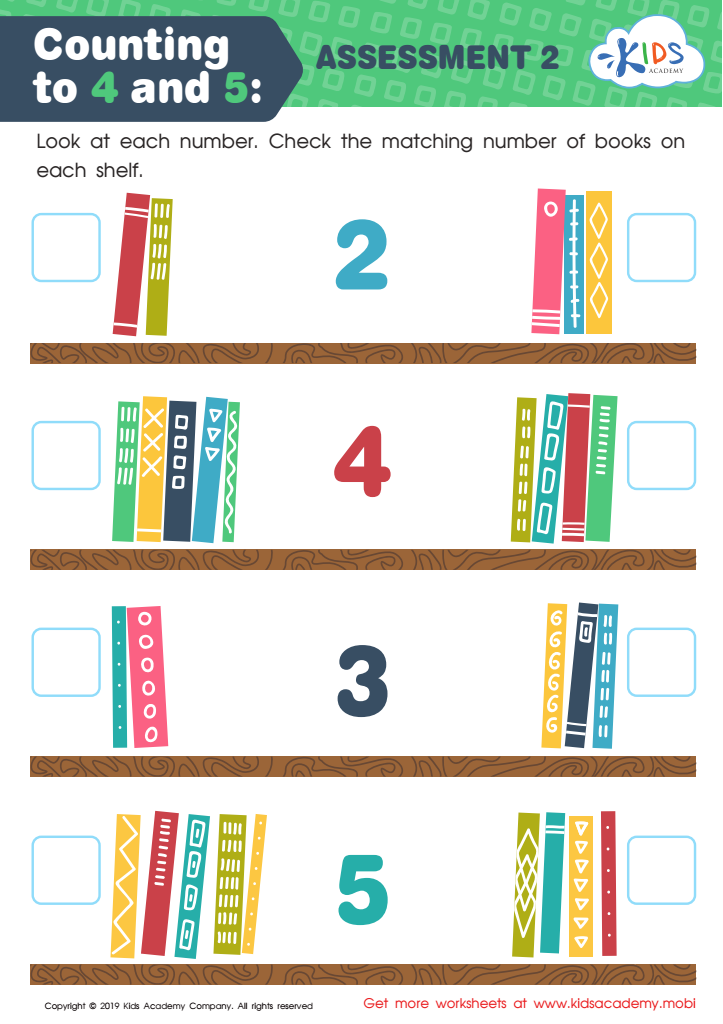

Counting to 4 and 5: Assessment 2 Worksheet
Understanding quantity is a critical foundational skill for children aged 3-8, serving as a building block for all future mathematical learning and daily decision-making. At these ages, children are in a sensitive developmental period where their brains are particularly primed to grasp numerical concepts and develop cognitive skills. By understanding quantity, children learn to manipulate numbers, recognize patterns, and problem-solve, which can enhance their academic performance in general and build confidence in their abilities.
For parents and teachers, fostering this understanding can lead to significant educational benefits and instills a sense of curiosity and engagement with the world of numbers. Engaging in practices such as counting objects, comparing groups of items, and simple addition and subtraction activities not only builds mathematical fluency but also enhances critical thinking, attention to detail, and logical reasoning skills.
Moreover, understanding quantity helps children make sense of their environments—it allows them to understand concepts such as more or less, equal or different, which are integral to everyday decision-making, from sharing toys to time management. Early comprehension of quantity sets a solid foundation, aiding in tackling more complex mathematical concepts as children grow, making it imperative for parents and teachers to encourage this aspect of learning actively.
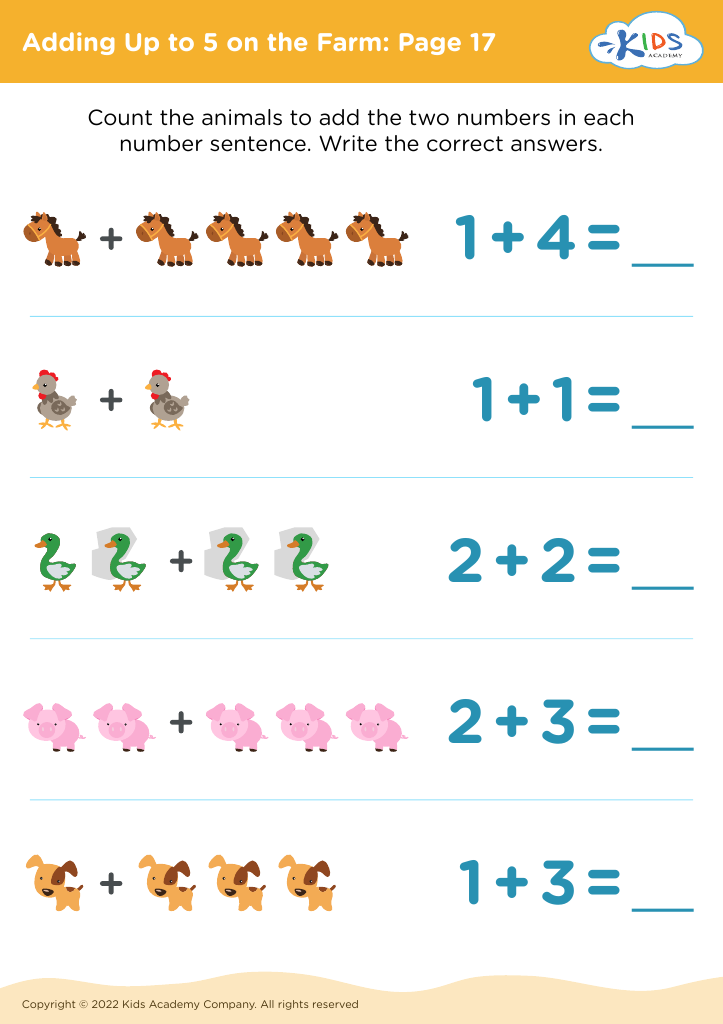

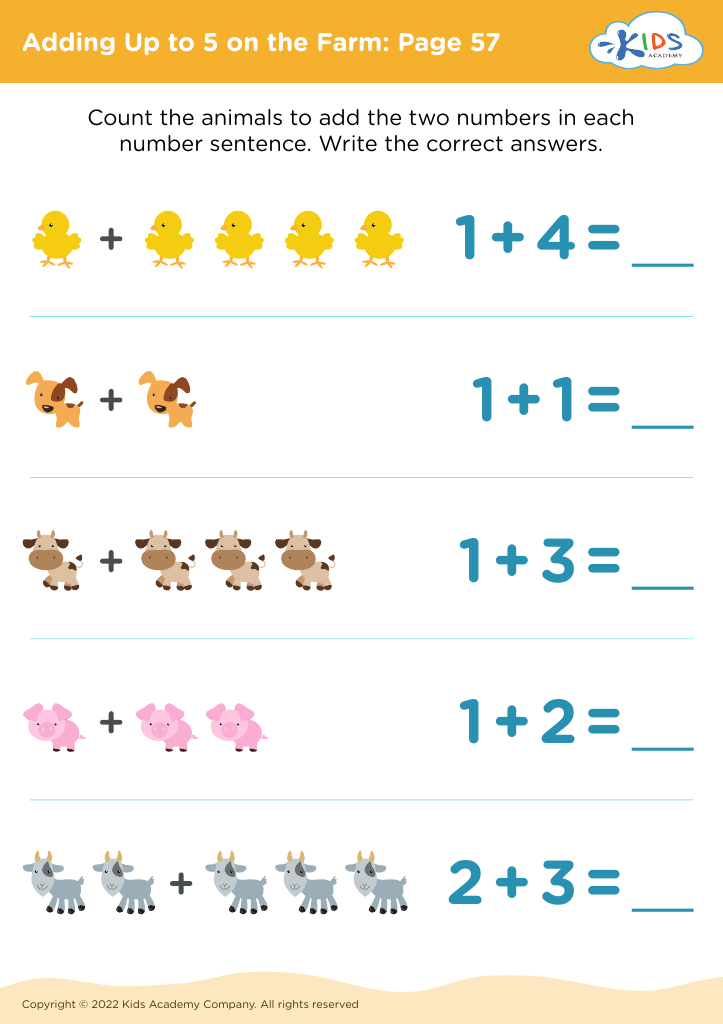
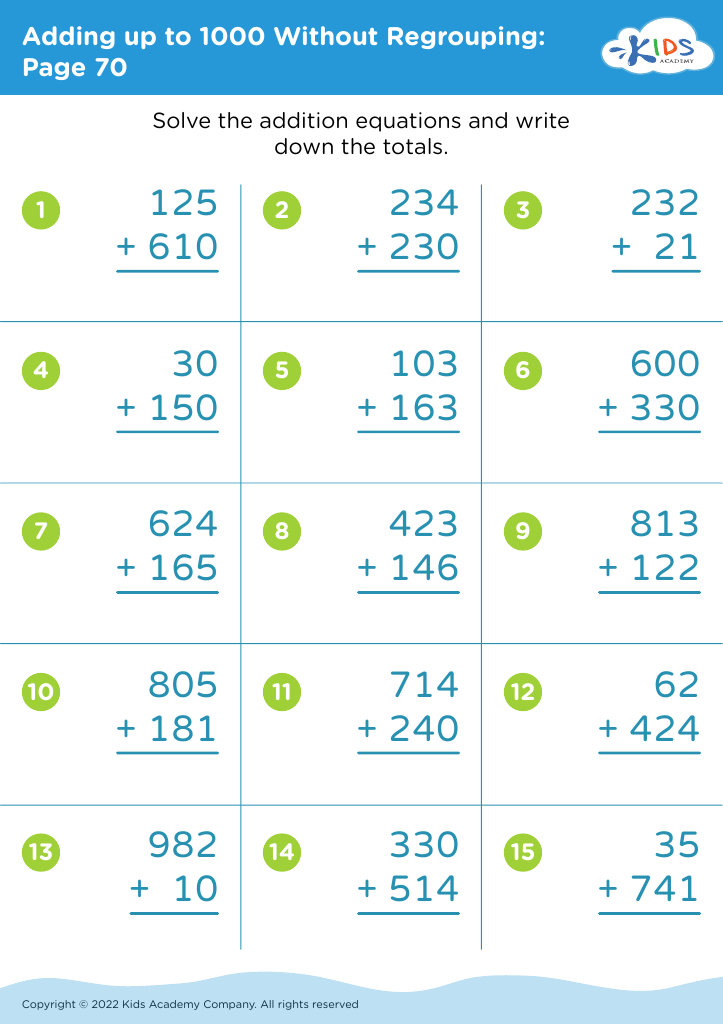
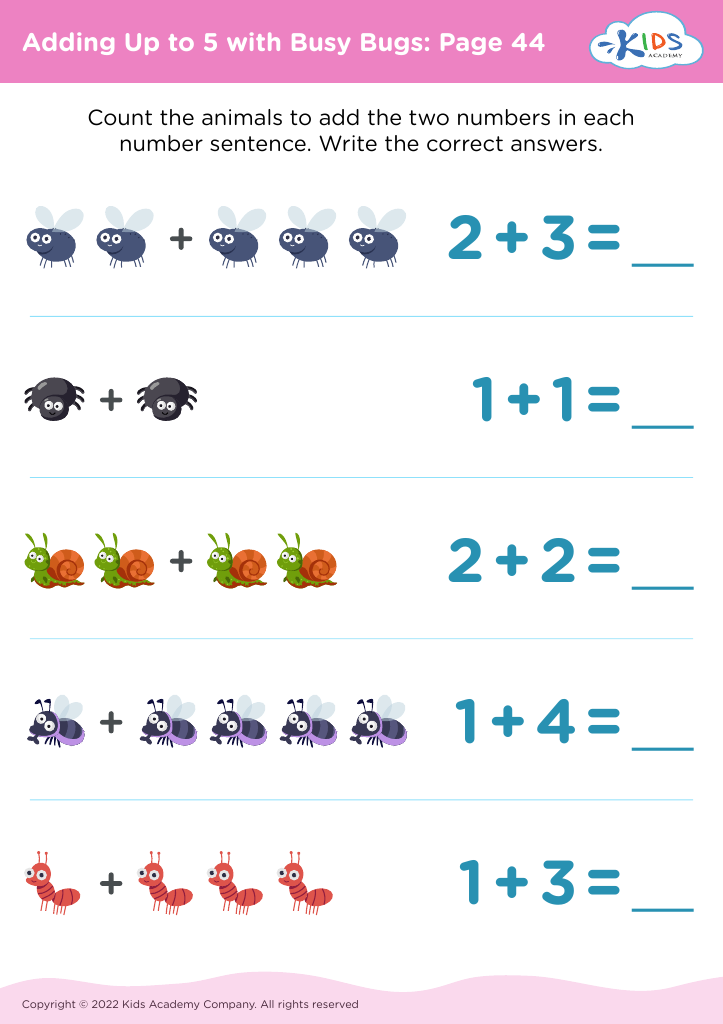
 Assign to My Students
Assign to My Students

